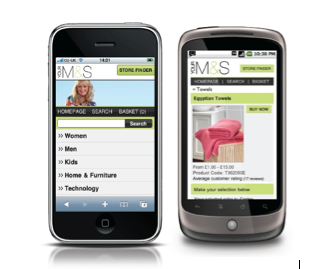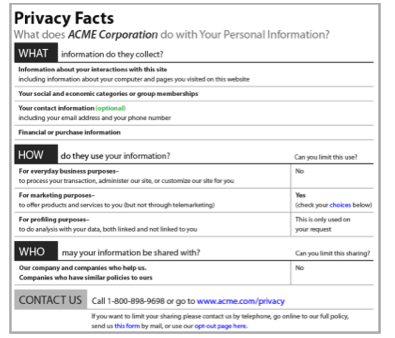To an advertiser you are many things: you are where you are, what you read, the tools you use, the games you play, and the people you contact. This means that the data inside your smartphone is a gold mine to advertisers, and many companies have begun mining that data through tracking on mobile websites and in mobile applications.
But consumers generally aren't aware of the kinds of data they're sharing from their pockets.
A recent study by Harris Interactive suggests that while the majority of smartphone users are uncomfortable with companies tracking their activity (70% of the 900 UK smartphone users surveyed), only half of those users (46%) were previously aware that such tracking occurred - even though only a quarter (24%) were unaware of tracking on their desktop devices.
Advertisers look to mobile activity for a number of reasons - but there are a few choice examples of smartphone user data that are especially attractive to digital marketers.
You Are Where You Are
One challenge for traditional, brick-and-mortar retail establishments in the digital era has been how to motivate a user from in front of their screen into a store. But mobile advertising opens up great new opportunities - both in the ability to take advantage of an audience that may already be near the store in question, and to advertise to users while in a store. Shoppers are increasingly using their mobile devices in physical stores, so data-gathering technology and store-branding apps can help drive real-time purchasing decisions.

Marks & Spencer is one retailer blurring the lines between in-store and on-phone
You Are What You App
Many applications are funding themselves in a similar manner to desktop websites - offering content and functionality for free with advertisers paying for their audience. This means that anything you share with an app could be shared with an advertiser - from the high score on your favourite game to potentially sensitive information from health and fitness trackers.

A breakout of the tracking technologies used by the Pandora mobile app
Our analysts have discovered an average of 4.5 third party tracking technologies per application scanned. The number varies widely however, and the technologies employed are both from familiar names in the digital ad space (like Google, AOL, and Adobe) and new companies that have emerged to serve the mobile market directly (like JumpTap, Mobify, and TapAd).
Controlling Your Mobile Identity
Though smartphones have been a staple in the personal electronics market for several years now, mobile advertising efforts are still very experimental. The technology is varied and while the standards are far away, there is hope. Smartphone advertising is emerging in a market that is already privacy-sensitive, and there are signs that point toward good privacy and data control options.
The first hurdle is that of awareness - how can consumers make choices about their mobile data when fewer than a third are even aware that data is being collected? The small-screen, quick-interaction nature of mobile devices highlights the need for a simple, easy-to-digest privacy disclosure. To that end, a longstanding idea from researchers at Carnegie Mellon University is seeing new life - a privacy nutrition label.

A sample label as outlined by the CyLab research team
The goal of a label like this is to clearly show a user - without a great deal of text or legal-sounding disclosures - exactly the kinds of data collected and why it's being used. Studies indicate that once the process is understood, consumers feel less uncomfortable with the exchange - so easy-to-read disclosures could be all that is required to help smartphone users feel more comfortable with their data security.
Many companies have joined partnerships to create cross-application privacy tools. These tools offer information about the data collection companies and allow for opt-outs similar to those available on desktop browsers.
But foremost, consumers should understand that today's digital economy is in large-part data driven. App developers can support their products through advertising and advertisers succeed by working to understand their audience. So on mobile devices, like the rest of the web, there is a simple rule: if the product is free, then you are product.